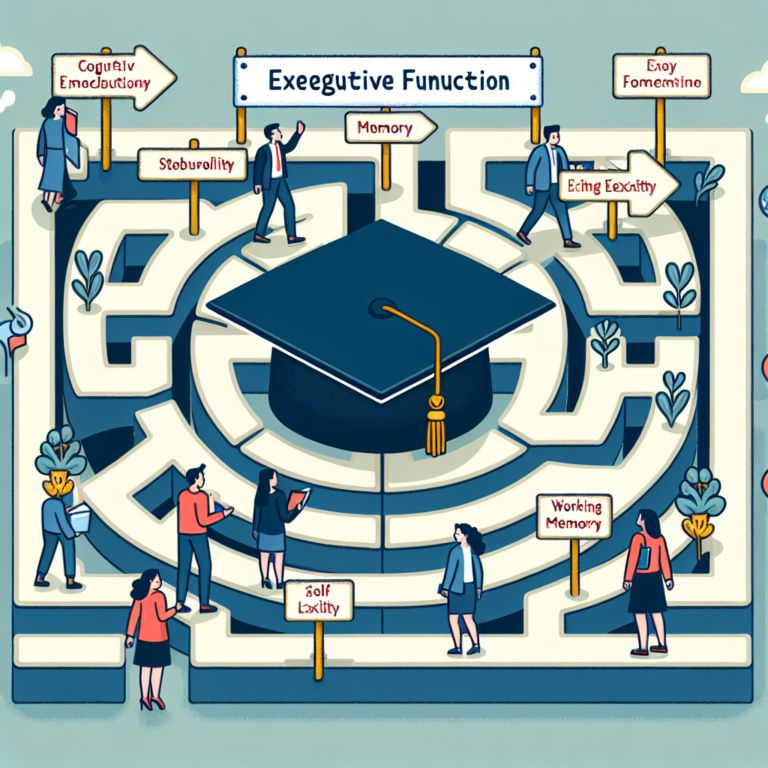The Ultimate Guide to Personalization: Feel Free to Adjust or Mix and Match as Needed!
Introduction
In an era where individuality is celebrated, personalization has become a cornerstone of successful interactions, whether in marketing, product development, or even personal relationships. The ability to adjust and mix and match content, services, or experiences is not just a luxury; it’s an expectation. Picture this: you walk into a store that instantly understands your preferences and tailors its offerings to suit your tastes. Feels magical, doesn’t it? This guide explores how you can harness the concept of personalization—feel free to adjust or mix and match as needed!—to create more meaningful connections in various domains.
The Importance of Personalization
1. Understanding Personalization
Personalization is the process of tailoring experiences to meet individual preferences. Whether it’s customizing a marketing message or modifying a product, personalization enhances user experience and increases engagement. Understanding that "feel free to adjust or mix and match as needed!" is not just a suggestion but a framework can dramatically change how we interact with our audiences.
Case Study: Netflix
Netflix is a prime example of effective personalization. By analyzing user behavior, Netflix can recommend shows and movies that align with individual tastes. This approach has led to higher customer retention rates, revealing that personalization is not just advantageous but essential.
2. Benefits of Personalization
- Increased Engagement: Tailored experiences keep users coming back for more.
- Better Customer Retention: Personalized interactions strengthen the bond between customers and brands.
- Higher Conversion Rates: When users feel special, they are more likely to make a purchase.
| Benefit | Explanation |
|---|---|
| Increased Engagement | Customization enhances user interest and participation. |
| Better Customer Retention | Personalized service fosters loyalty and repeat business. |
| Higher Conversion Rates | Individuals are more likely to buy when approached personally. |
Exploring Different Facets of Personalization
3. Personalization in Marketing
Tailored Messaging
When developing marketing strategies, companies should consider targeted campaigns. A one-size-fits-all message will not resonate with diverse audiences. Feel free to adjust or mix and match as needed! This principle applies here; target demographics through tailored messaging to enhance engagement.
Case Study: Spotify
Spotify employs machine learning algorithms to analyze listening habits, creating personalized playlists such as "Discover Weekly." By curating songs based on individual preferences, Spotify enhances its user experience, proving that personalization in marketing can drive engagement.
4. Personalization in E-commerce
Customized Products
In e-commerce, providing options for customers to adjust or mix items is vital. Many online platforms now allow users to personalize products such as clothing or jewelry. This method not only increases customer satisfaction but also boosts sales.
Case Study: Nike By You
Nike offers a personalization service called "Nike By You," where customers can design their shoes. This initiative has resulted in increased customer engagement and significant revenue growth, illustrating the power of allowing individuals to feel free to adjust or mix and match as needed!
5. Personalization in User Experience (UX)
Intuitive Design
For websites and applications, the user interface should allow users to easily customize their experiences. Features like saving preferences or creating profiles cater to users’ specific needs, enhancing their interaction with the platform.
Case Study: Amazon
Amazon’s recommendation system is a great example. Based on past purchases and browsing history, Amazon suggests products tailored to individual users. It emphasizes the importance of UX and personalization, allowing users to feel free to adjust or mix and match as needed in their shopping journey.
Personalization Strategies
6. Utilizing Data
Analytics Tools
To personalize experiences successfully, businesses need data. Tools like Google Analytics help track user behavior, enabling strategic adjustments. By analyzing trends, companies can refine their methods of engagement.
7. Feedback Mechanisms
Importance of User Feedback
Encouraging user feedback is crucial to enhancing personalization strategies. Whether through surveys, reviews, or direct communication, understanding customers’ preferences allows companies to adjust offerings effectively.
8. Embrace Technology
Automation and AI
Incorporating automation and AI technology can streamline personalization efforts. These tools can analyze data patterns and adjust user experiences in real time, ensuring that customers feel fully catered to.
Challenges of Personalization
9. Data Privacy Concerns
As businesses increasingly rely on data to personalize experiences, concerns about privacy and data protection arise. It’s vital to reassure customers about how their information is used and stored.
10. Balancing Automation with Human Touch
While technology plays a significant role in personalization, maintaining a human aspect is essential. Customers appreciate personal interactions, and a fully automated system may fall short.
Conclusion
As we navigate a world where personalization is paramount, it’s clear that the mantra—feel free to adjust or mix and match as needed!—should be at the forefront of our strategies. By understanding individual preferences, businesses can craft experiences that resonate deeply with their audiences. From tailored marketing messages to personalized product offerings, the opportunity for enhanced engagement is boundless.
As you refine your approach to personalization, remember the importance of balancing technology with a human touch, and ensure that data privacy remains a priority. Your audience is waiting; tailor your approach, and watch the connections bloom.
FAQs
-
What is personalization?
Personalization is the process of customizing experiences or offerings based on individual preferences and behaviors. -
Why is personalization important in marketing?
Personalization enhances engagement and retention, leading to higher conversion rates and customer loyalty by making users feel valued. -
How can I incorporate personalization in my business?
Utilize analytics tools to understand your audience, offer customized products or services, and actively seek user feedback to adjust offerings. -
What role does data play in personalization?
Data is crucial for understanding customer behavior and preferences, allowing businesses to tailor their marketing strategies effectively. - How do I ensure data privacy while personalizing experiences?
Be transparent about data usage, implement robust security measures, and comply with data protection regulations to reassure customers about their privacy.
This article provides a comprehensive exploration of personalization, emphasizing its flexibility and importance in creating connections with audiences. By implementing the insights shared here, you can enhance your approach to personalization—feel free to adjust or mix and match as needed!
















